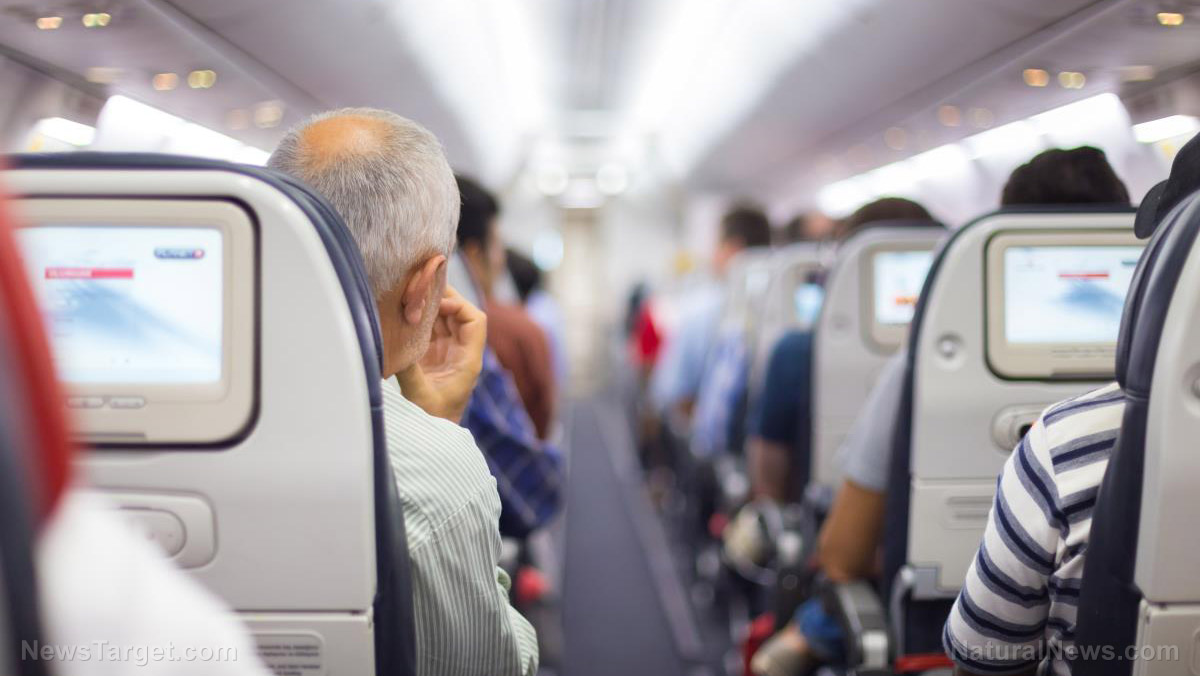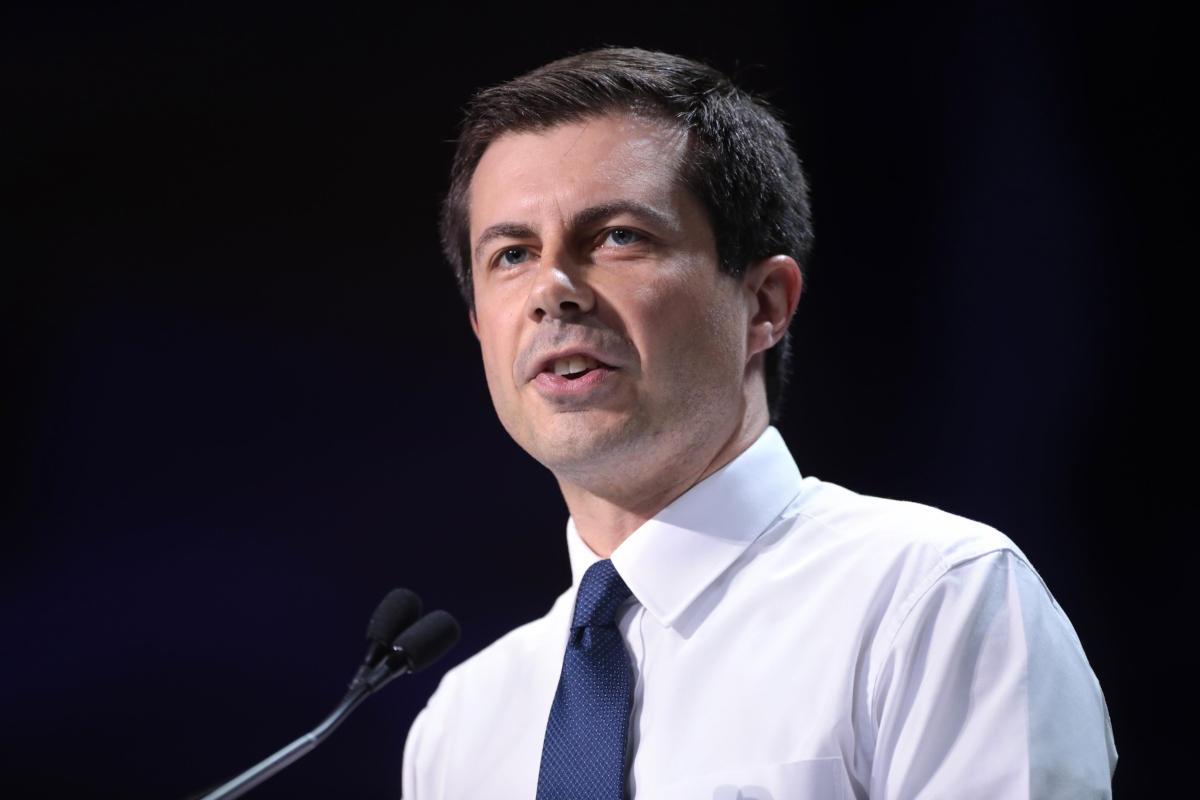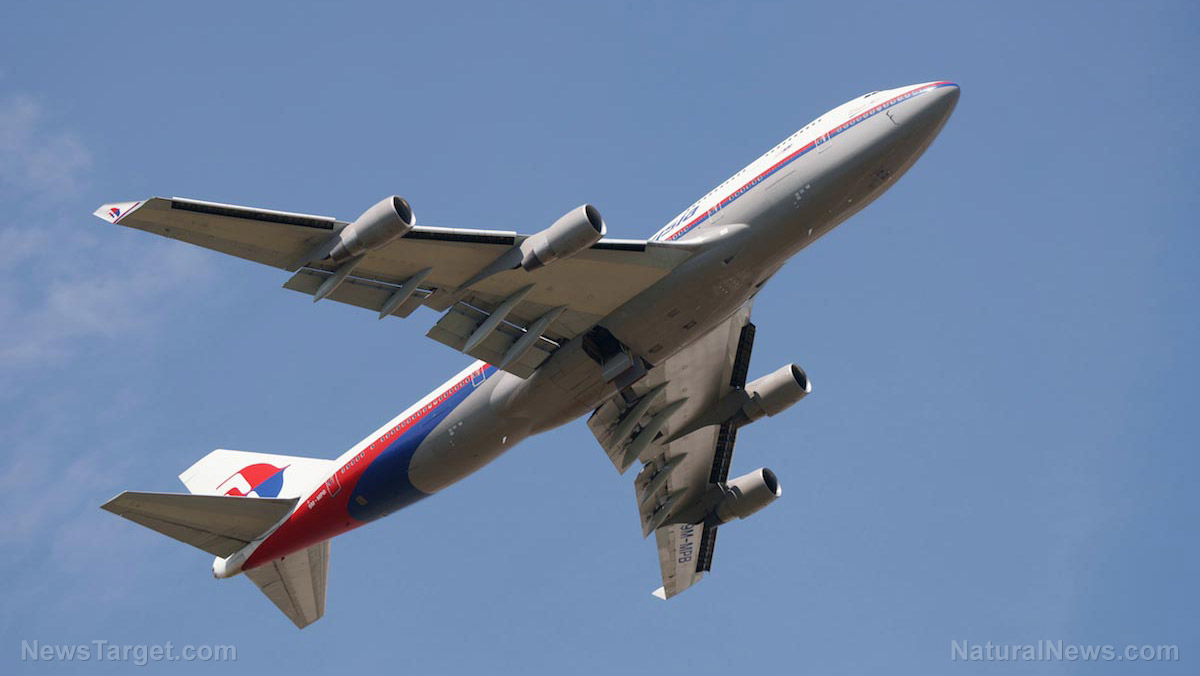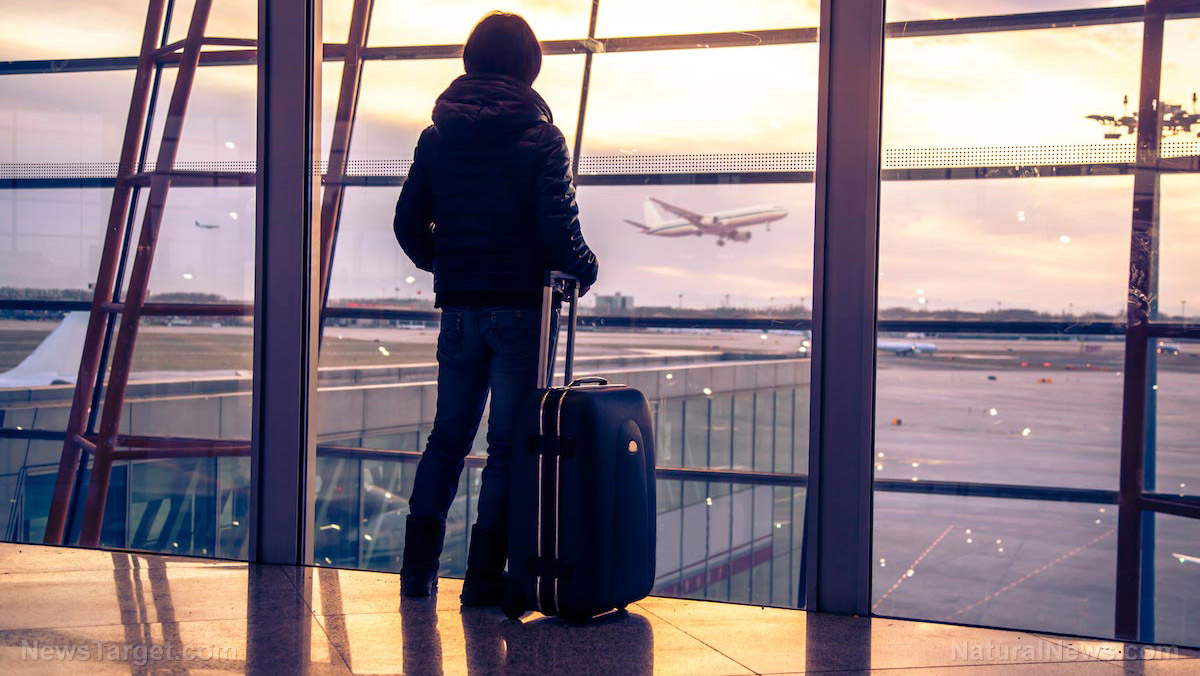
On Wednesday, the Chicago-based carrier stated that it may furlough up to 15,100 flight attendants, 2,250 pilots, 11,000 airport operations personnel. In addition, it also plans to furlough an undisclosed number of employees involved in catering, airplane maintenance, flight network operations and call center customer services.
United's announcement follows that of American Airlines, which stated last week that it could have up to 20,000 excess employees in the fall that it may have to cut. (Related: COVID-19 hits aviation industry: American Airlines grounds fleet, suspends flights.)
United can't retain workers after wage subsidies end
As governments imposed stay-at-home orders in order to slow the global pandemic, passenger numbers in airlines, such as United, have plummeted. Even as they slashed their capacity, these airlines continued to burn tens of millions of dollars in daily expenses.
To alleviate this, the U.S. government earmarked $50 billion of its $2 trillion aid package for the airline industry. To avail of this, however, airline executives agreed that they would not lay off employees or cut their pay until September 30.
Now, United Airlines, who is receiving $5 billion from the fund package, has said that they cannot continue at their current payroll level past October 1 – a day after the agreement to retain airline workers ends – because of the current decrease in travel demand due to the coronavirus.
The carrier said that their July capacity was down 75 percent compared with the same month last year. Scheduled capacity fo August, on the other hand, is only slightly better at 65 percent of 2019's.
Despite sending out furlough warning notices, however, United said that not everyone who got a notice would be furloughed. The airline and the unions representing their pilots and flight attendants are attempting to encourage more employees to participate in voluntary leave and early retirement programs to help lessen the number of people to be furloughed. According to a Securities and Exchange Commission filing, the company expects to take a $300 million charge in the second quarter related to voluntary employee termination.
"Our primary goal throughout this crisis has been to ensure United — and the jobs it supports — are here when customers are flying again," stated the company.
Airlines have to weather a long storm to before travel returns to normal
While the airline is doing its best the stay afloat until people are flying again, it may take a while for that to happen.
In April, global travel specialists at the Atmosphere Research Group predicted that it would take up to two years – until 2023 – for air travel to return to pre-coronavirus levels. Even this prediction is optimistic – at assumes that the coronavirus pandemic will come under control this year.
For its part, United seems to be aware of this assessment. When it announced the furloughs, the airline conceded that it was "increasingly likely that travel demand will not return to normal until there is a widely available treatment or vaccine."
The Atmosphere Research Group's report, however, does expect travel to slowly increase over the coming months as travelers begin to dip their toes in the water. The group expects that an initial wave of "tiptoe travelers" will fill airline seats up until mid-to-late-2021 before a larger wave of mostly business travelers will come in, filling more seats until mid-2022. By late 2022, a final wave of flyers should bring the air travel business close to pre-coronavirus levels.
This gradual return to near-normal levels could help airlines through the pandemic. The question now is what steps they need to take to be able to survive until then.
For some airlines, furloughs – putting employees on temporary leave with the hope of getting them back later on – seem to be the answer.
Learn more about how the coronavirus has affected international travel at Pandemic.news.
Sources include:
Please contact us for more information.























